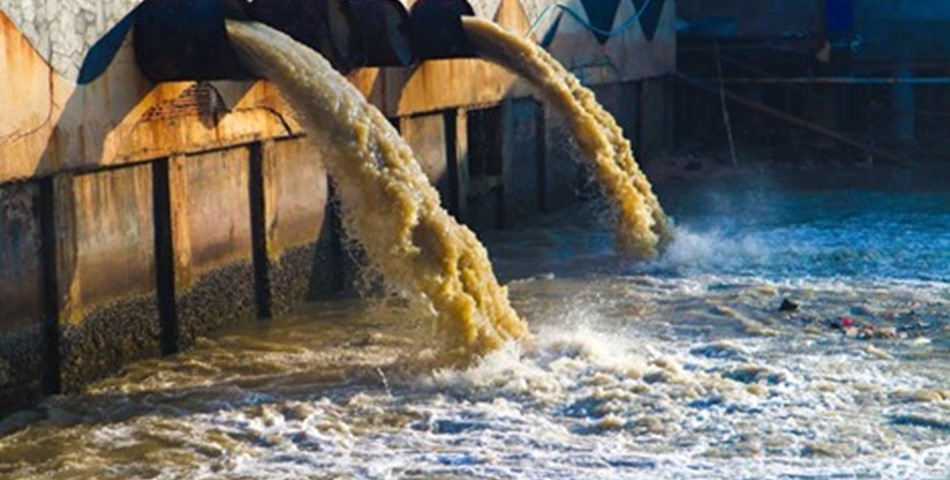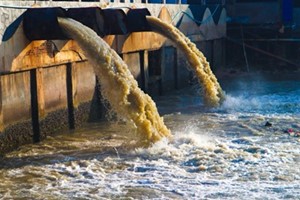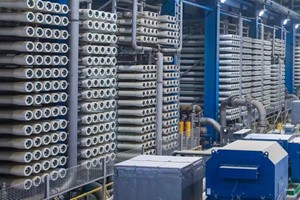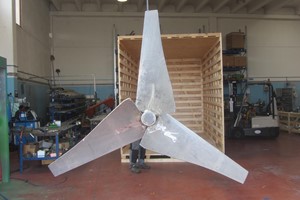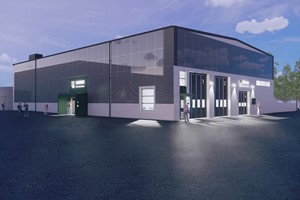There are exciting emerging technologies that can bring costs down while also improving discharge quality.
To succeed in any business, one must continually look at costs and inefficiencies and find ways to reduce both. In some cases, the source of excessive spending and redundant processes is obvious. Other times, it might be surprising. One area which many companies are surprised to learn they are wasting money on is their wastewater management.
It may seem like wastewater is an avenue where there are not many opportunities to make vast improvements. It can be considered a cost of doing business rather than an opportunity to rethink how waste is managed. However, there are exciting emerging technologies in this industry that can bring costs down while also improving discharge quality.
Step one: Understanding the problem
Wastewater typically contains a variety of contaminants and pollutants, including but not limited to dissolved salts, biological oxygen demand (BOD), suspended solids, oils, chemicals and nutrients. Wastewater can be treated using a variety of methods, including physical, chemical and biological processes.
Physical processes involve settling, filtration and sedimentation. Chemical processes involve the use of coagulants and flocculants to remove suspended solids and chemicals. Biological processes involve the use of microorganisms to break down organic matter.
In some cases, a combination of processes may be used to effectively treat wastewater. The first step is identifying what is in your wastewater and which method you need to treat it. In addition, you need to know what the permit requirements are for your wastewater.
Discharge permits are required whether wastewater is discharged into a public waterway, such as a river or lake, or to a receiving utility. These permits require monitoring and compliance with certain water quality standards. Depending on the type of wastewater being discharged, additional permits may be required.
Understanding what specific requirements you must meet will help you determine the best method for wastewater treatment. When considering permits, there are multiple regulatory bodies and stakeholders, including the EPA, local utilities, state regulators and others. It is important to understand not only the current permit limits but also potential changes to permits, as this can challenge the business continuity if the regulator imposes stricter limits.
You also should consider your existing technology, as well as your costs. What technology do you have in place currently to treat wastewater? Are you handling it onsite? If not, should you be? How much is your wastewater treatment process costing you? Finding the answers to these questions will help you pinpoint the hidden opportunity within your wastewater management. Now that you understand the problem, what’s next?
For manufacturing companies, installing an effective wastewater treatment system is the first major hurdle. The installation of traditional onsite wastewater treatments can easily run hundreds of thousands of dollars for the smallest of brewery operations, and into the millions for larger food and beverage facilities. After installation, there is the need to hire operators and continued maintenance to consider. Facilities that were not built for scalability (or that have streams that disrupt current treatment options) may find themselves continuing to pay for off-site trucking even after investing in onsite systems.
Then, even when an appropriately sized onsite wastewater management system is installed, there comes the secondary problem of technique. Conventional systems operate by combining all wastewater into one mixed, large flow. The challenge here is that these systems are designed for consistent flow and concentration, and the day-to-day realities of a manufacturing plant mean that there often can be production upsets that cause large spikes in organic concentration (BOD). This can cause problems downstream, disrupting treatment (whether aerobic or anaerobic). This is countered by adding fresh(er) water to dilute high-strength streams, which means more energy to pump through the system, longer treatment time and overall lower efficiency in terms of system design.
This is obviously an issue. The company is then pumping in clean water to clean wastewater. This runs counter to most companies’ goals of reducing water use ratio, as well as adding associated costs, energy and chemicals.
Orianna Bretschger



